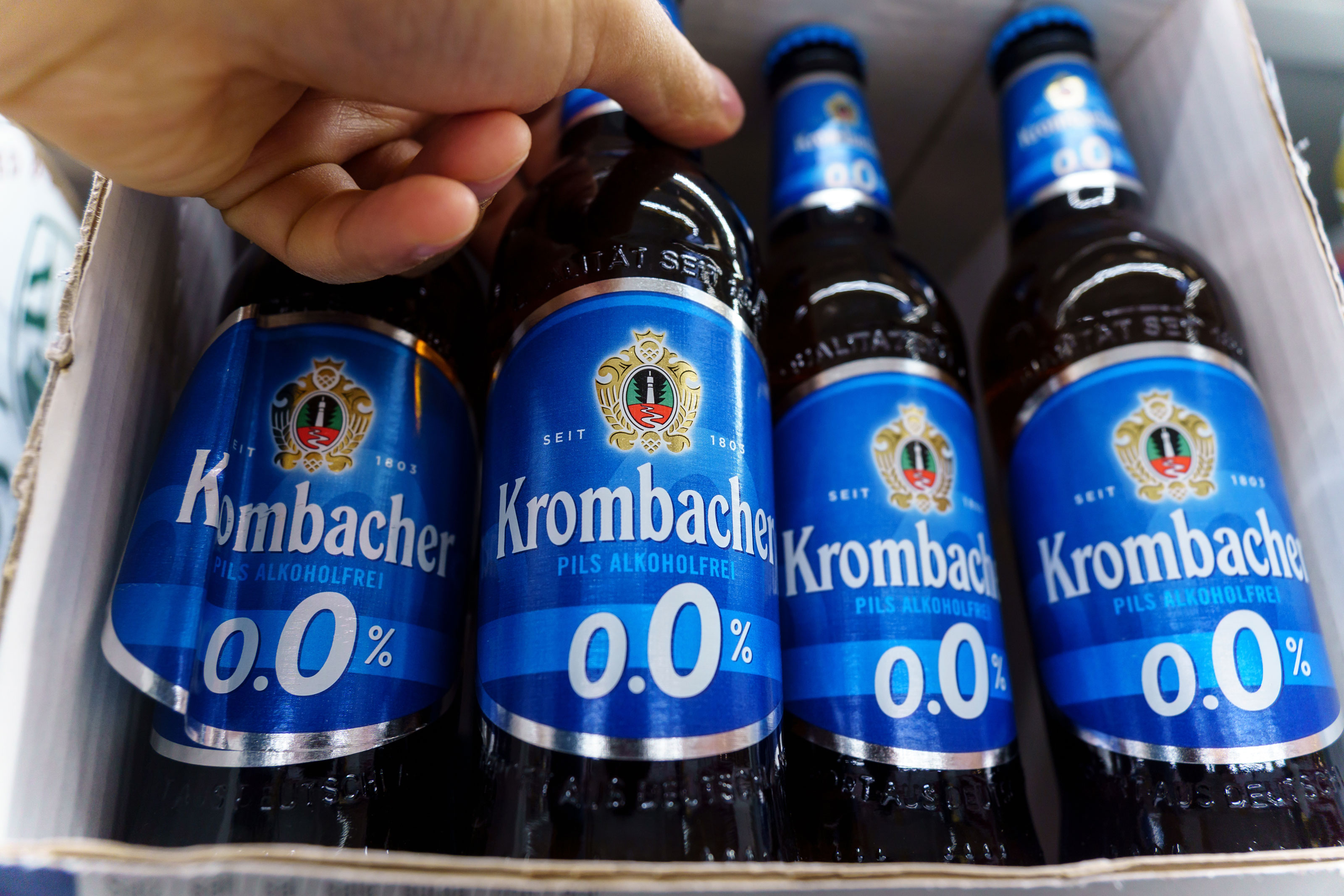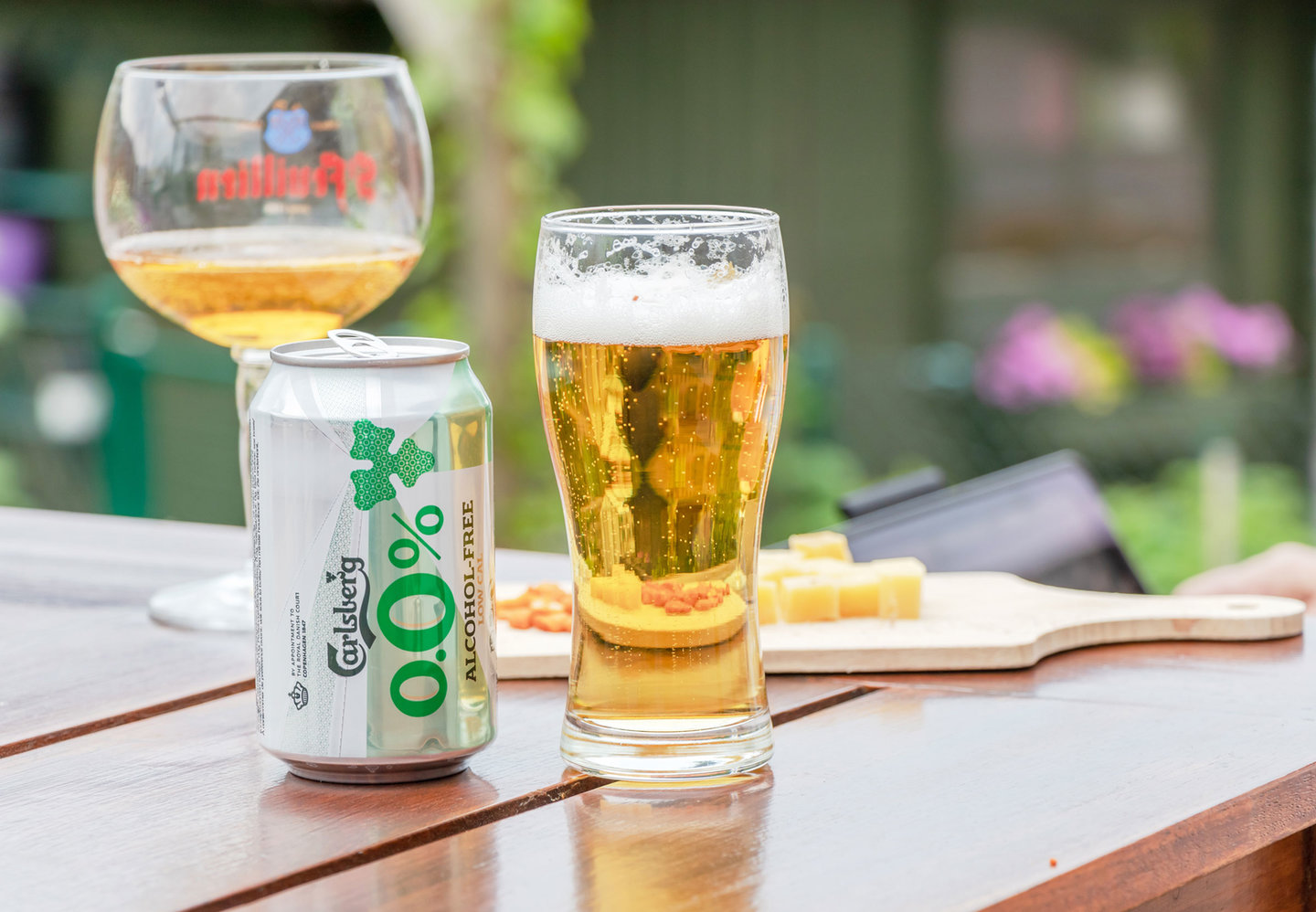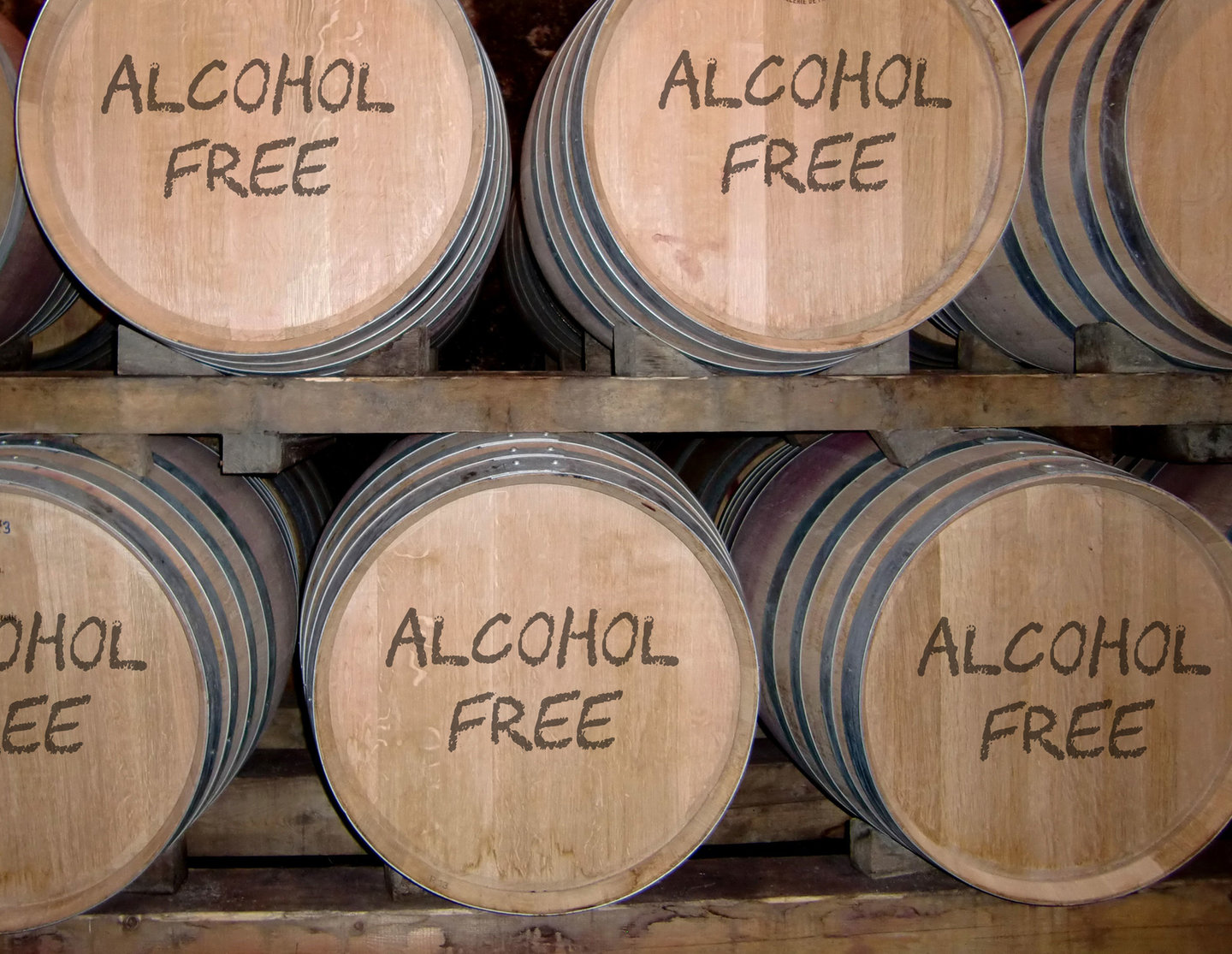
Alcohol-free drinks
Flavour first – the importance of innovation for alcohol-free brands
The market for alcohol-free drinks is on the rise but taste remains critical to convince more consumers. Jens Kastner looks at how brands are innovating to continue to try to grow their audience.
Alcohol-free drinks have come a long way since the 1970s when they were targeted at drivers worried about losing their licences. But per-capita consumption of alcohol is falling in many higher-income markets, with consumers who normally drink alcohol becoming “sober curious” and looking for non-alcoholic alternatives.
In Germany, one of the world’s biggest beer markets, alcohol-free brews account for nearly 8% of sales in the category, according to the German Brewers Association (Deutscher Brauer-Bund, DBB).
GlobalData, Just Drinks’ parent, estimates Germany’s non-alcoholic beer category to be worth around US$2bn. The research and intelligence group believes the value of the market is set to grow by 6.7% between 2023 and 2027.
In Germany’s wine sector, alcoholic-free products accounted for 5% of sparkling-wine sales in 2020, data from the German Wine Institute shows.
Across the Atlantic, GlobalData estimates the sales of alcohol-free beer in the US were worth $329m in 2022 and accounted for 0.5% of the overall beer category (the group says that share rises to 0.7% if low alcohol is included).
All experts interviewed by Just Drinks for this article agreed consumer acceptance of alcohol-free alternatives is closely tied to taste and manufacturers are looking to improve their recipes. Brewers such as Germany’s Krombacher are designing basic alcohol-based beers that are more suitable for the removal of alcohol. The first step is to gain a better understanding of fermentation and of the associated organisms in the production of no- and low-alcohol beers.
Andrew Greenhill, an assistant professor for microbiology and fermentation technology at Federation University in the Australian state of Victoria, notes that has meant a shift in standard beer production from focusing on the yeasts Saccharomyces ceriviseae or Saccharomyces pastorianus. These yeasts, he says, “contribute to the flavour profile of a beer [and] have been selected and domesticated over thousands of years in part because they are good at converting sugars to ethanol [alcohol]”.
Yeast producers are working to find “different species of yeasts that have a flavour profile suitable for beers but do not produce much ethanol” and which are “well-suited” to no- and low-alcohol beer, Prof. Greenhill explains. An example is the Fermentis SafBrew LA-01 beer yeast made by France-based Fermentis.

The fermentation of beer
Innovation in processing
Prof. Greenhill adds the equipment used to remove alcohol from fermented and distilled alcoholic beverages is improving, with costs falling.
An example is GEA’s AromaPlus filtration technology, which the Germany-based processing giant unveiled at the Drinktec trade fair in Munich in September. The AromaPlus “dealcoholisation” system uses a filtration technology with polymer membranes to separate alcohol and water from the other ingredients by means of reverse osmosis; a water purification process that uses a partially permeable membrane to separate ions, unwanted molecules and larger particles from drinking water, while allowing in elements boosting taste. GEA claims this allows ingredients to be included that are crucial for the aroma, colour and turbidity of the final product.
Such membrane filtration technology is sold as boosting the taste of alcohol-free beers over the conventional method of stopping fermentation by abruptly exposing the yeast to cold, which can make beer unpleasantly sweet and taste strongly of malt..
Krombacher is among the brewers using reverse osmosis. However, the company uses a specially developed combination of two processes, leveraging their respective advantages. As a first step, the brewer produces a special beer wort. By adding yeast, important aroma substances are formed but the wort is not brought to fermentation and thus no alcohol is produced. In the second process, alcohol is removed from an already finished beer by a gentle and complex reverse osmosis. The two components are then mixed.
“The combined process, which has been specially developed in Krombacher over many years, requires an increased cost and time investment from us, but guarantees the best, variety-specific taste of our non-alcoholic Krombacher beers,” says Max Falkenberg, the director of Krombacher’s process technology department.
Smaller brewers unable to afford expensive alcohol-removal equipment are taking basic alcohol-based beers to larger rivals for contract processing, Holger Eichele, the CEO of the DBB says. An example is a collaboration between Scotland’s Jump Ship Brewing and brewer Bellfield to produce the Ship’s Bell 0.5% abv lager.
“This modus operandi is worth it as alcohol-free beers become mainstream, and modern equipment allows brewers to create alcohol-free beers that have a very solid beer tastes while being nearly completely sugar-free,” Eichele tells Just Drinks.

Credit: kai foret / Shutterstock.com
Sensory research
Another trailblazing approach in making alcohol-free beverages more palatable to consumers is to add stimulants that give consumers an alternative buzz. Last year, researchers of brewing and beverage technology at the Technical University of Munich completed a project entitled ‘Multisensory Integration in the Stimulation of the Trigeminal Nerve’. The trigeminal nerve’s main function is transmitting sensory information, including, for example, taste and smell reactions triggered by ingredients such as chilis, ginger or menthol.
Speaking to Just Drinks, Thomas Becker, professor at the Technical University of Munich’s brewing and beverage technology department and the project’s lead researcher, says the project “achieved excellent results”, with consumers experiencing sensory stimulation imparting pleasure as they drink but without intoxication. Beverage manufacturers have already begun commercialising the system for mixed drinks, such as for radler, a shandy mix of lager beer and lemonade, “as those are not subject to the German [beer] purity law”, Becker adds.
Away from beer
While alcohol-free wines are being developed, for instance by UK-based Noughty and US-based Ariel, the challenge is tougher. “At around 12% [abv], alcohol plays a greater role in the flavour of wine than it does in a ‘standard’ beer, at around 5% alcohol,” Prof. Greenhill explains. “It is probably one reason there seems to be greater acceptance of non-alcoholic beer than non-acholic wine.”
Of course, this counts double for spirits. France-based JNPR Spirits, which sells alcohol-free gin made in Normandy from local juniper berries, avoids all the drawbacks of alcohol removal in the first place by using the same ingredients as for classic gin but without fermenting them. The juniper juice undergoes double distillation, with a recipe dictating the sequence of addition of spices and botanicals.
“Given that the removal of alcohol would always degrade taste, there is no alcohol in our products at any stage, with our second hallmark being that all our beverages are completely sugar-free,” says Valérie De Sutter, founder of JNPR Spirits.
“We continuously improve the taste by adjusting our head cuts,” she adds, referring to distiller ‘cuts’ that aim to get rid of unpleasant smells and tastes of the compounds that are released in the first stage of the distillation process.
The market for alcohol-free spirits was worth $143m globally in 2021 according to GlobalData, up from $74m in 2017. By 2026, its value is predicted to top $200m, giving the category a ten-year CAGR of more than 10%.

In the EU, Europe’s alcohol-free beverage sector could also be boosted by regulatory reform. In 2021, the EU decided to officially create a regulatory labelling category for low- and non-alcoholic wines.
Dr Ignacio Sánchez Recarte, secretary general of the Comité Européen des Entreprises Vins (CEEV, the European organisation representing the EU wine industry), says the association’s member companies involved in alcohol-free winemaking are awaiting clarification on the oenological practices Brussels will authorise for such products. The CEEV wants a legal framework for making these products to be released this year to give regulatory stability to manufacturers.
“It is a very positive – but also a potentially disruptive – situation, as the manufacturers of alcohol-free wines need a clear and adapted legal framework for a level playing field,” Sánchez Recarte explains.
It is, however, just one challenge for brands. Alcohol-free wine remains a very small niche, even relative to its counterparts in other categories. There are significant challenges to making alcohol-free wine, although, as with beer and spirits, innovation in technology is taking place.
Overall, the market for no- and low-alcohol has been one of the key trends in the broader beverage-alcohol industry in recent years. The category looks set to continue to grow – but further advances in taste and flavour will be needed to entice more drinkers into the market.
Main image credit: darksoul72 / Shutterstock.com